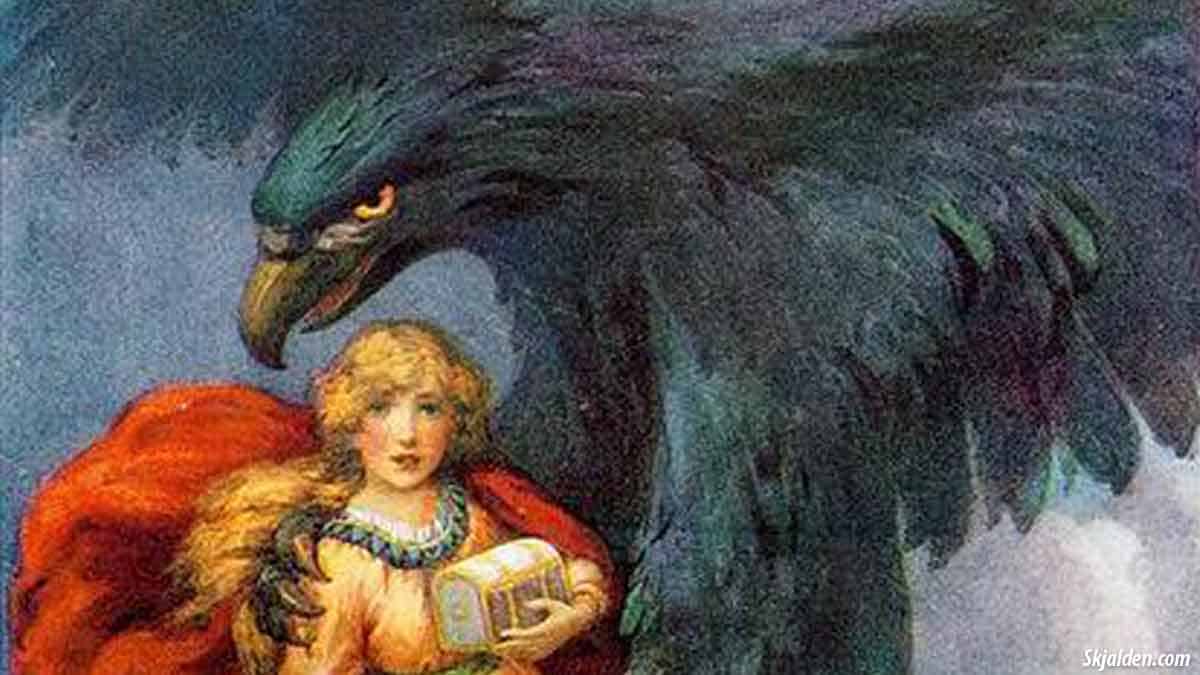African wildlife is often characterized by its prodigious diversity and remarkable adaptations. Within this continent lies a plethora of animals whose names begin with the letter ‘N’. These creatures, while perhaps overshadowed by their more famous counterparts, boast unique characteristics, intriguing behaviors, and cultural significance. The exploration of these lesser-known giants invites us to appreciate the complex tapestry of life that flourishes in Africa.
Narwhal: Although commonly associated with the frigid waters of the Arctic, the narwhal’s historical relevance in African culture is seldom recognized. Known as the “unicorn of the sea,” the narwhal is distinguished by its elongated, spiraled tusk—a tooth that can reach lengths of over nine feet. The enigmatic narwhal serves as a metaphor for the wonders and mysteries of nature. This animal’s tusk, often colloquially mistaken for a horn, has captured human imagination for centuries, contributing to myths of aquatic unicorns and inspiring intrigue among scientists and artisans alike.
Niala: In the verdant woodlands and wetlands of southern Africa, the niala, or nyala, stands as a striking representation of exquisite beauty and grace. With males sporting dramatically spiraled horns and a distinctive dark coat, they embody the duality of nature: both mesmerizing and elusive. They are often regarded as symbols of tranquility, inhabiting dense shrubbery where they can negotiate the delicate balance of visibility and safety. Their soft whistling calls provide ominous echoes in a serene landscape, encapsulating both their vulnerability and vitality.
Nilgai: The nilgai, or blue bull, is the largest Asian antelope and roams various habitats in northern India, yet it is frequently mistaken for an African species due to its striking resemblance to other antelopes. Revered in various cultural narratives, the nilgai’s robust form and creamy fur give it an almost mythic presence. Standing over a meter at the shoulder, these creatures are endowed with a solid physique, perfectly adapted for a robust diet of grasses, leaves, and shrubs. An allegory of resilience, the nilgai thrives under varying environmental conditions, echoing the adaptability required for survival in the natural world.
Nubian Goat: Originating from the Nubian region of Africa, this hardy breed is famed not just for its striking appearance—with long, drooping ears and a diverse palette of colors—but also for its exceptional milk production. These goats symbolize sustenance and fertility within agrarian communities. The Nubian goat’s ability to thrive in dry terrains speaks to the intricate relationship between fauna and the land. Their playful demeanor and sociable nature make them an integral aspect of rural life, providing nourishment and companionship.
Nematodes: While the majestic animals often capture popular attention, the less glamorous nematodes deserve recognition for their ecological significance. These microscopic roundworms inhabit virtually every ecosystem, even within the African continent, where they play pivotal roles in soil health and nutrient cycling. Their presence is a testament to the unseen intricacies of life, embodied in their delicate, thread-like bodies. Nematodes serve an essential function, breaking down organic matter and facilitating the fertility of the land—an unrecognized yet indispensable coterie of nature’s engineers.
Nutria: Although not indigenous to Africa, the nutria, or coypu, has established populations in several regions, including parts of North Africa. This semi-aquatic rodent, recognizable by its webbed feet and prominent orange incisors, has been compared to an aquatic beaver. Often perceived as a nuisance due to their voracious appetites for vegetation, nutria serve as an intriguing case study in ecological adaptation and human-animal interactions. Through their foraging habits, they challenge our perceptions of harmony within ecosystems, embodying the complexity of coexistence amid biodiversity.
Nightjar: In stark contrast to the more flamboyant avian species populating the African skies, the nightjar is a master of camouflage and stealth. Its mottled plumage enables it to blend seamlessly into its surroundings, a silent sentinel of the night. This elusive bird is emblematic of nocturnal life, characterized by its haunting calls that reverberate through the darkness. Nightjars conjure images of ancient tales and whispered secrets, reflecting our fascination with the hidden wonders and mysteries that unfold after sunset.
Numbat: Native to Australia but often associated with African folklore due to its swiftness, the numbat is an ant-eating marsupial that showcases the fascinating convergences seen across species. With its striking stripes and long tongue, the numbat is reminiscent of other small mammals that inhabit African plains. It is a delightful representation of ecological niches, where adaptations reflect evolutionary responses unique to their habitats. The numbat’s instinctive behaviors and specialized diet highlight the intricate web of life, emphasizing the importance of biodiversity in sustaining ecosystems.
In sum, the animals beginning with the letter ‘N’ across the African continent offer a rich tapestry woven from both the familiar and the obscure. Each creature provides unique insights into ecological balance, cultural significance, and the intricate dynamics of nature. From majestic antelopes to the unseen vermin below our feet, these lesser-known giants evoke admiration and further appreciation for wildlife and the ecosystems that sustain them. In the vast corridors of time, they remain enduring symbols of nature’s profound ability to inspire and awe, challenging our perceptions and deepening our connection to the world around us.
